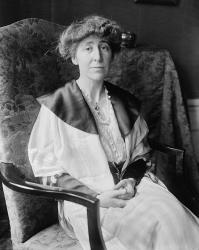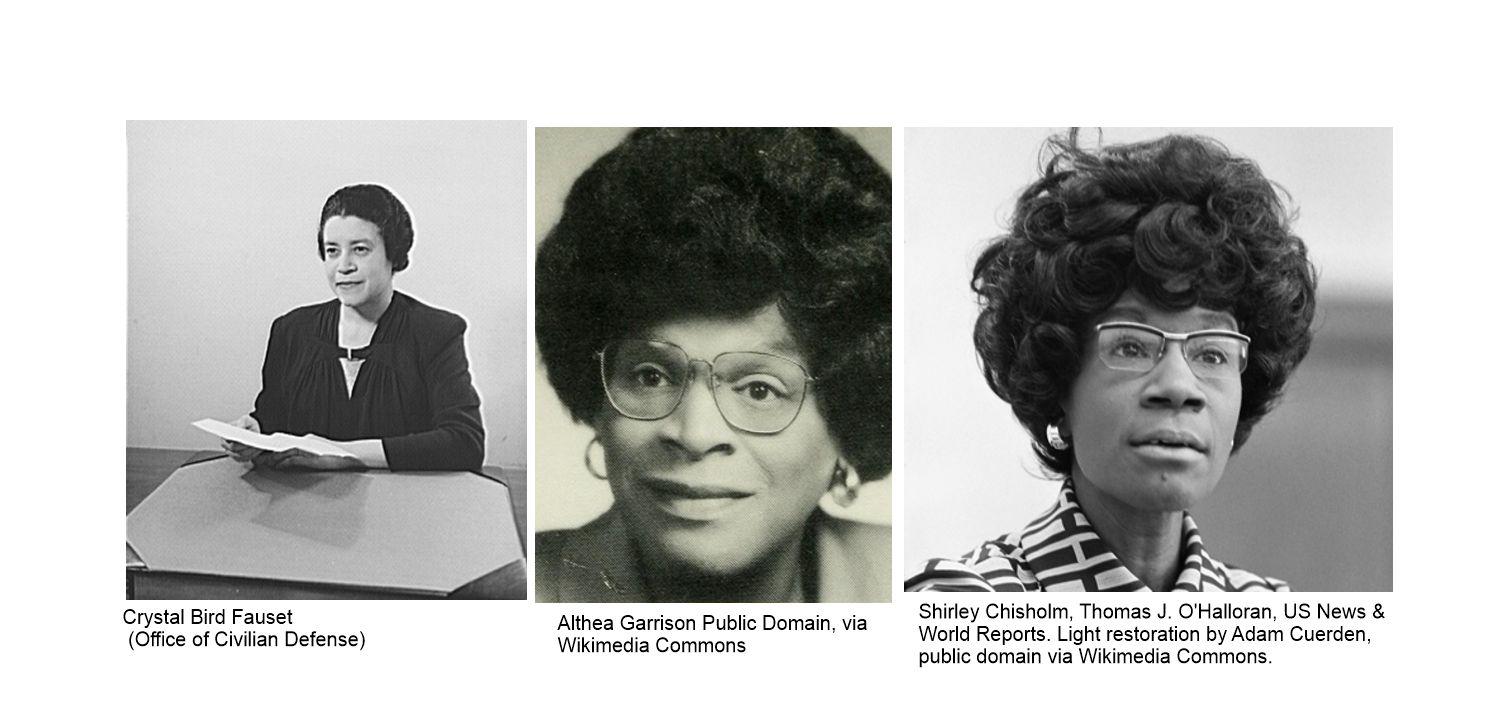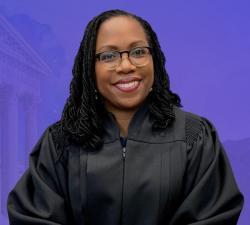In many countries, women have been underrepresented in government and different institutions. Women face several challenges that impede their ability to participate in political life. Voter bias and institutional sexism continue to be large obstacles for women. Financing a campaign is another obstacle. A woman must work twice as hard as a man to get the financial backing needed to run a campaign. Women are not as heavily recruited as men by party leaders. Men see other men as prime candidates. Because positions of power are frequently held by white men in the United States, a woman of color has an additional hurdle to overcome, no matter her qualifications and experience.

Jeannette Rankin. (Bain News Service, restored by Adam Cuerden, Public domain, via Wikimedia Commons)
Jeannette Rankin, a Republican pacifist from Montana, was the first woman elected to Congress. Then, in 1920, the Nineteenth Amendment to the Constitution was ratified, giving women the right to vote. As a means of encouraging women to be informed participants in the political system, the League of Women Voters was founded. The first Black woman elected to a state legislature was Crystal Bird Fauset, a Democrat from Pennsylvania in 1938. In 1962, Patsy Mink became the first Asian or Pacific Islander elected to a state legislature, Hawaii’s. In 1965, Mink became the first woman of color to be elected to the U.S. House of Representatives. Shirley Chisholm became the first Black woman elected to the House of Representatives, in 1968. Mary Oakar, a Democrat from Ohio, became the first Arab American elected to Congress. Althea Garrison, a Republican from Massachusetts, became the first transgender or transsexual person elected to her state legislature but was outed against her wishes.
In 2012, seventeen women served in the Senate (twelve Democrats and five Republicans) and seventy-three women served in the House of Representatives (forty-nine Democrats and twenty-four Republicans). California was the first state to have two women represent the state, and four states had two women to represent them: California, Maine, New Hampshire, and Washington. Democratic women also represented Guam, Washington D.C., and the Virgin Islands. As for ethnicity, there were twenty-four women of color in 2012: thirteen African Americans, four Asian Pacific Islanders, and seven Latinas.

In today’s 117th Congress, there are twenty-four women in the Senate (sixteen Democrats and eight Republicans). Twenty-one are white, two Asian American, and one Latinx. In the House of Representatives, there are 121 women (ninety Democrats, with two also being members of the Democratic Farm Labor Party, and thirty-one Republicans). Of those, seventy-four are white (with one identifying as white/Latina), twenty-six are Black (with one identifying as Black/Asian American), seven are Asian American/Pacific Islander, twelve are Latinx, one is Alaska Native/Pacific Islander, and one is Middle Eastern/North African.
Over the years, four women have campaigned to become president and four to become vice president of the United States. In 2020, we finally elected a woman as vice president, Kamala Harris. She also holds the distinction of being the United States’ first African American and first Asian American to hold that office. The next step is to elect a woman president of the United States.
And we are about to witness congressional confirmation hearings for the first African American woman to be appointed as a U.S. Supreme Court justice in its 232-year history. Ketanji Brown Jackson, if confirmed, will join the nation’s highest court as one of its most qualified jurors at her appointment, with a resume that includes nine years as a federal court judge, among her numerous other qualifications.
There are many more firsts for women in all areas of government in the United States since 1848. Visit the Rutgers Center for Women in Politics database to learn more.
—Valerie Jones

Ketanji Brown Jackson